Stories - AI-powered story generation tool

Ready to weave some stories together?
AI-powered tool for creative storytelling
Help me start a fantasy story.
What's a good plot twist for a mystery?
Develop a character for a sci-fi tale.
Suggest a theme for a children's story.
Get Embed Code
Introduction to Stories
Stories is an AI-powered assistant designed to create rich, imaginative, and unique story content. Its core functionality revolves around generating stories based on user prompts, leveraging sophisticated AI to craft narratives tailored to specific themes, genres, or ideas. The platform can quickly produce everything from short tales to longer, complex stories, enabling users to explore creativity, entertain, or educate. The design purpose of Stories is to provide an accessible tool for anyone who needs narrative content—whether for entertainment, education, or creativity. By offering an easy way to craft personalized stories, Stories serves as a companion for writers, teachers, content creators, or even parents looking to engage children with custom storytelling. For example, a teacher might use Stories to create a custom story that teaches a lesson on cooperation for young students. Alternatively, an aspiring author can use Stories to get ideas for their next novel, generating various plot ideas and character backstories. This flexibility allows Stories to meet the needs of different users across diverse scenarios. Powered by ChatGPT-4o。

Key Functions of Stories
Story Generation
Example
A user provides a prompt, such as 'A brave knight embarks on a quest to save a cursed village.' Stories uses this prompt to generate a full narrative with a beginning, middle, and end.
Scenario
A game designer can use this function to quickly generate backstory or side quests for their characters in a role-playing game (RPG), helping to fill the world with engaging content without needing to write everything manually.
Story Customization
Example
A user specifies the tone, style, or length of the story—such as requesting a horror-themed story or a short fable-like narrative—and Stories adapts the output accordingly.
Scenario
A content creator on YouTube might use this function to generate a series of custom horror stories with specific narrative elements for an online storytelling show.
Educational Storytelling
Example
A teacher asks for a story that incorporates historical facts about the American Revolution. Stories generates a narrative that explains key events and figures in an engaging format.
Scenario
In a classroom, an educator can use this function to create age-appropriate stories that teach students about history, science, or literature, making lessons more interactive and engaging.
Interactive Story Elements
Example
A user might request a 'choose-your-own-adventure' style narrative, where different paths can be followed depending on the choices made at key points in the story.
Scenario
A learning app developer might use this function to create interactive narratives for children, allowing users to make choices that lead to different outcomes, making the learning experience more immersive.
Target User Groups for Stories
Writers and Authors
Stories is ideal for writers who need inspiration, ideas, or even complete drafts. It can help generate narratives, plot twists, and character arcs, which authors can then refine. This makes the platform especially useful for overcoming writer's block or exploring new genres.
Educators
Teachers and educators can benefit from Stories by generating custom content that ties into their lessons. This includes creating engaging educational stories that can explain complex concepts through narratives, keeping students more engaged.
Parents and Children
Parents looking for new ways to entertain and engage their children can use Stories to create personalized bedtime stories or educational tales. By tailoring stories to a child’s interests or needs, parents can foster creativity and make learning more fun.
Game Designers
For game designers, Stories can quickly generate rich narratives for game worlds, character backstories, or quests. This allows designers to focus on gameplay mechanics while still ensuring the game world feels immersive and well-developed.
Content Creators
YouTubers, bloggers, and social media influencers can use Stories to generate unique narrative content for their platforms. Whether it’s for storytelling podcasts, video scripts, or blog posts, Stories provides quick and customized narrative solutions.

How to Use Stories
Visit yeschat.ai for a free trial without login, also no need for ChatGPT Plus.
Access the platform without the need for any accounts or subscriptions. Start using Stories immediately, without barriers like registration or additional costs.
Define the purpose of your request.
Think about the type of content you need, such as creative writing, story generation, or educational resources, and frame your request accordingly.
Enter detailed prompts or questions.
Input specific prompts or detailed instructions for generating the type of content you desire. The more information provided, the more tailored the response.
Review and customize the output.
Once you receive the generated content, you can further modify or refine the result based on your needs. Stories adapts well to iterative input.
Utilize generated content across applications.
Use the final product in various contexts like education, entertainment, or professional projects. Export the content in the format most suitable for your purposes.
Try other advanced and practical GPTs
Starlight Guide
Unlock the Stars with AI
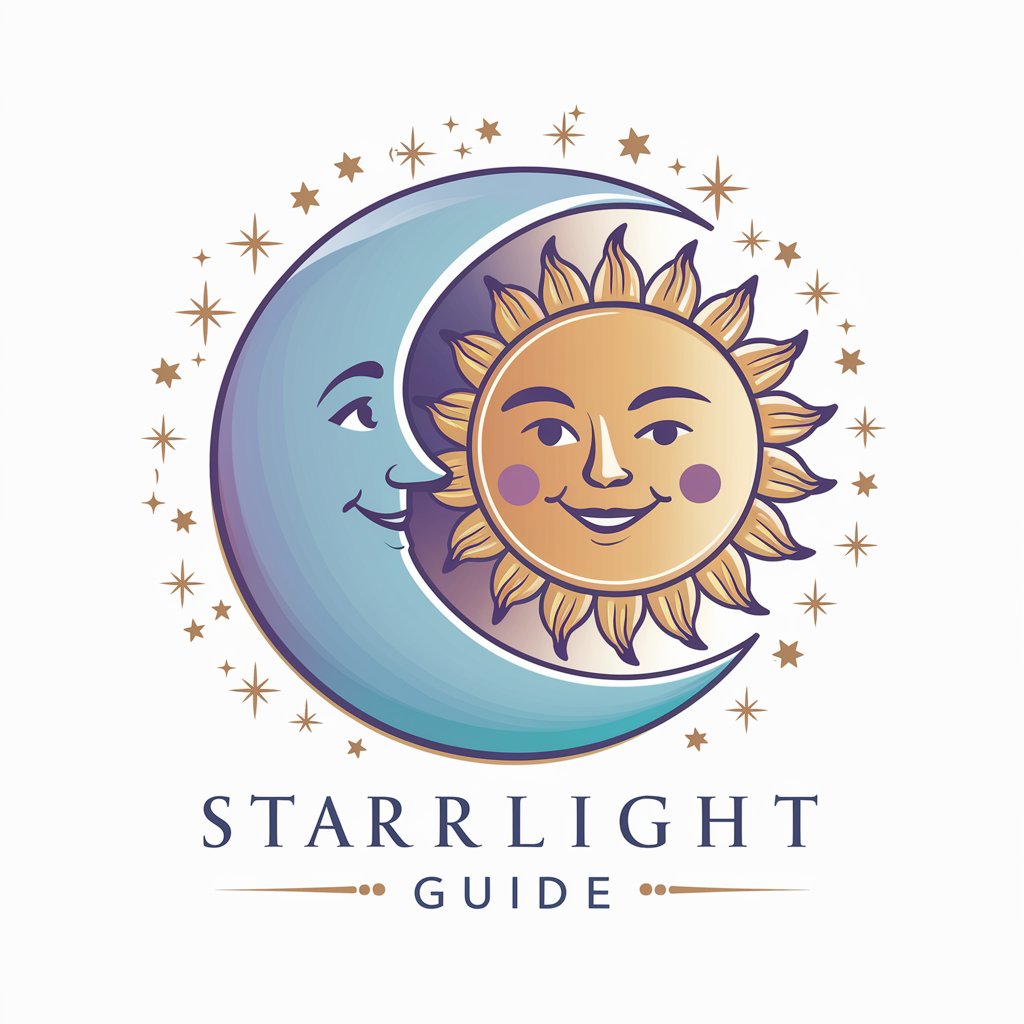
Starlight Guardian
Illuminate the Dark, Save the Stars
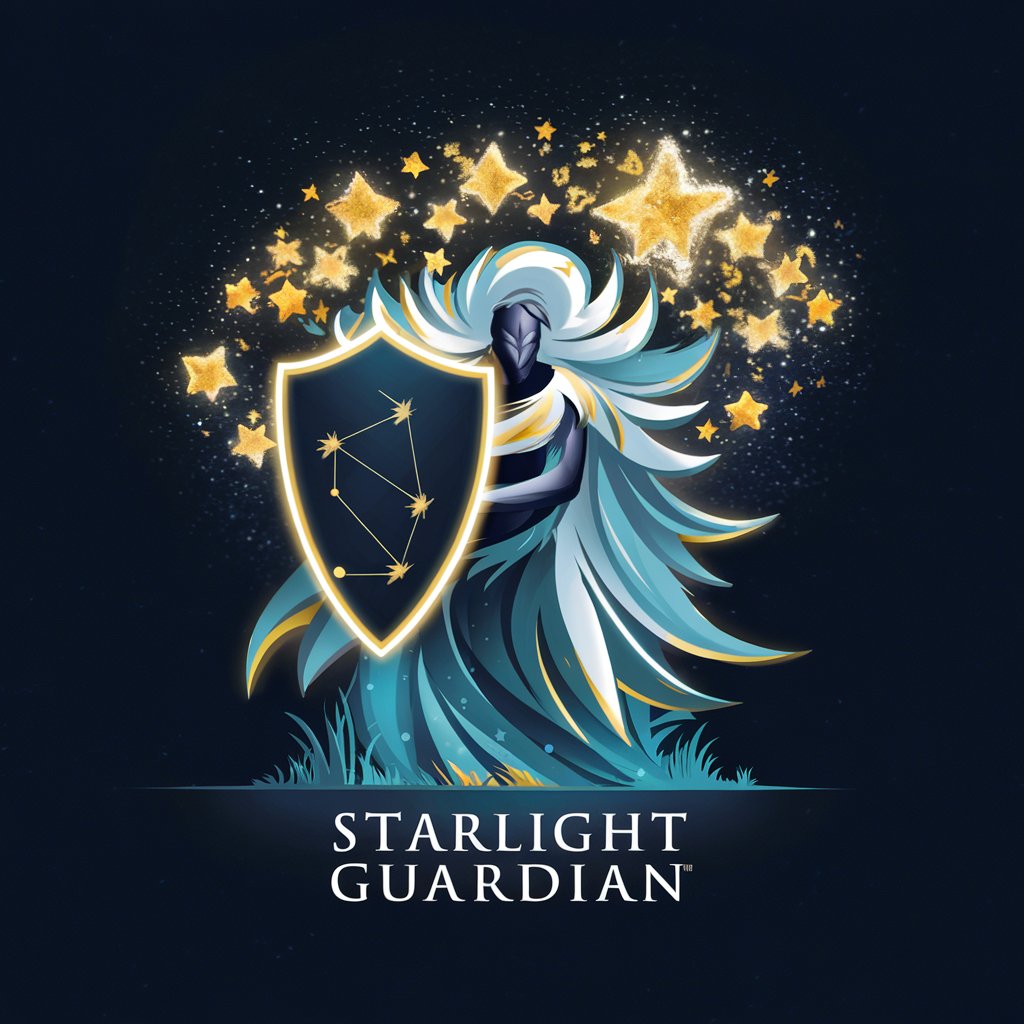
Starlight Storyteller
Bringing Stories to Life with AI
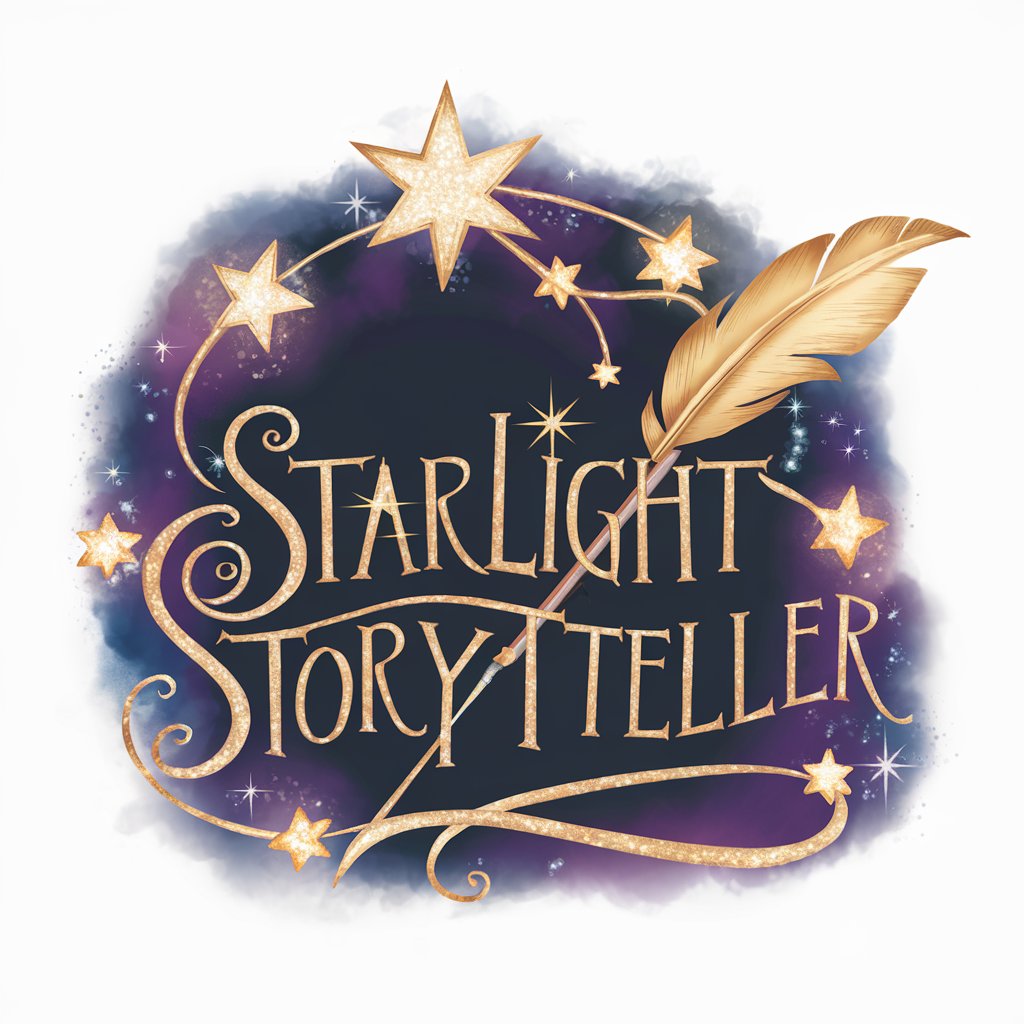
Starlight Oracle
Harness the stars for life's guidance
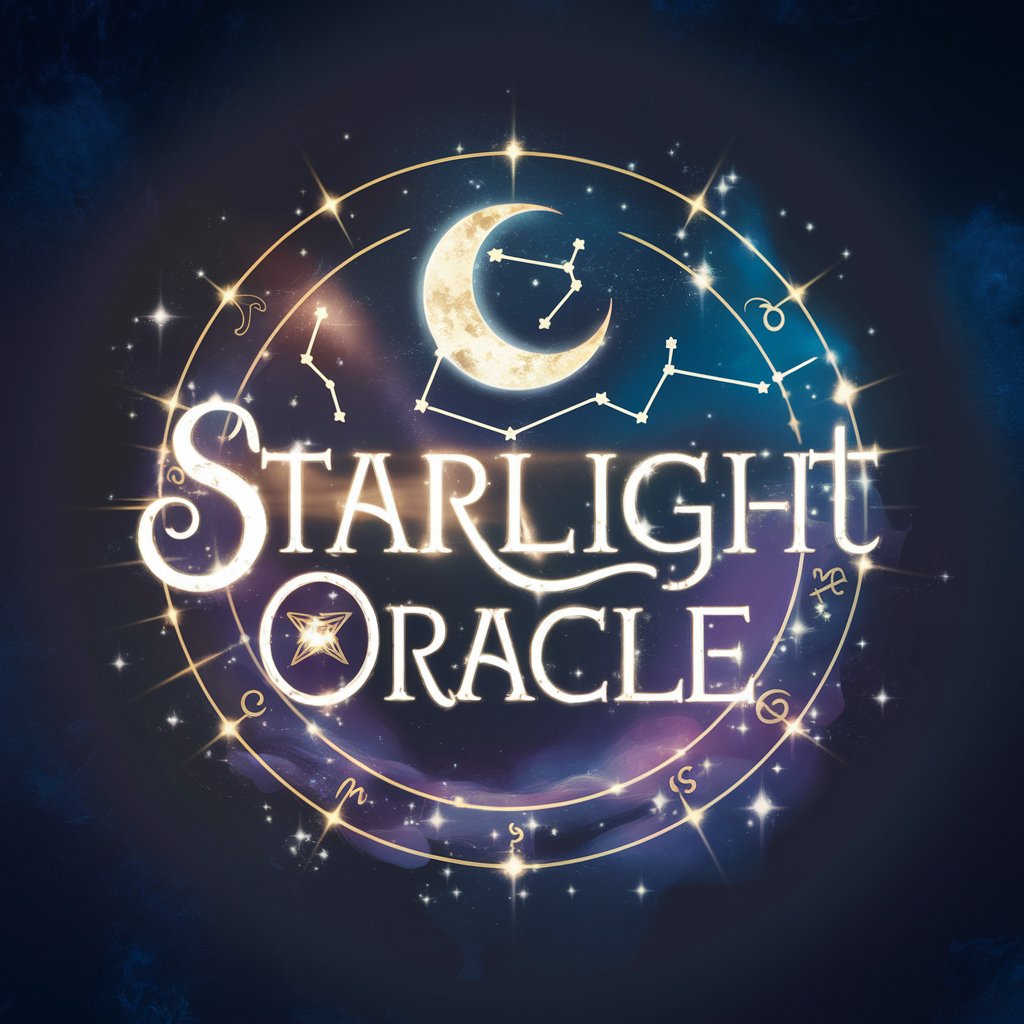
Stock Genius
Invest Smarter with AI Humor

法律智者
Deciphering Law with AI

Startup Mentor
Empowering Startups with AI-driven Insights

Newsroom Ally
Empowering Journalism with AI

Stellar Insight
AI-powered Astrological Insights
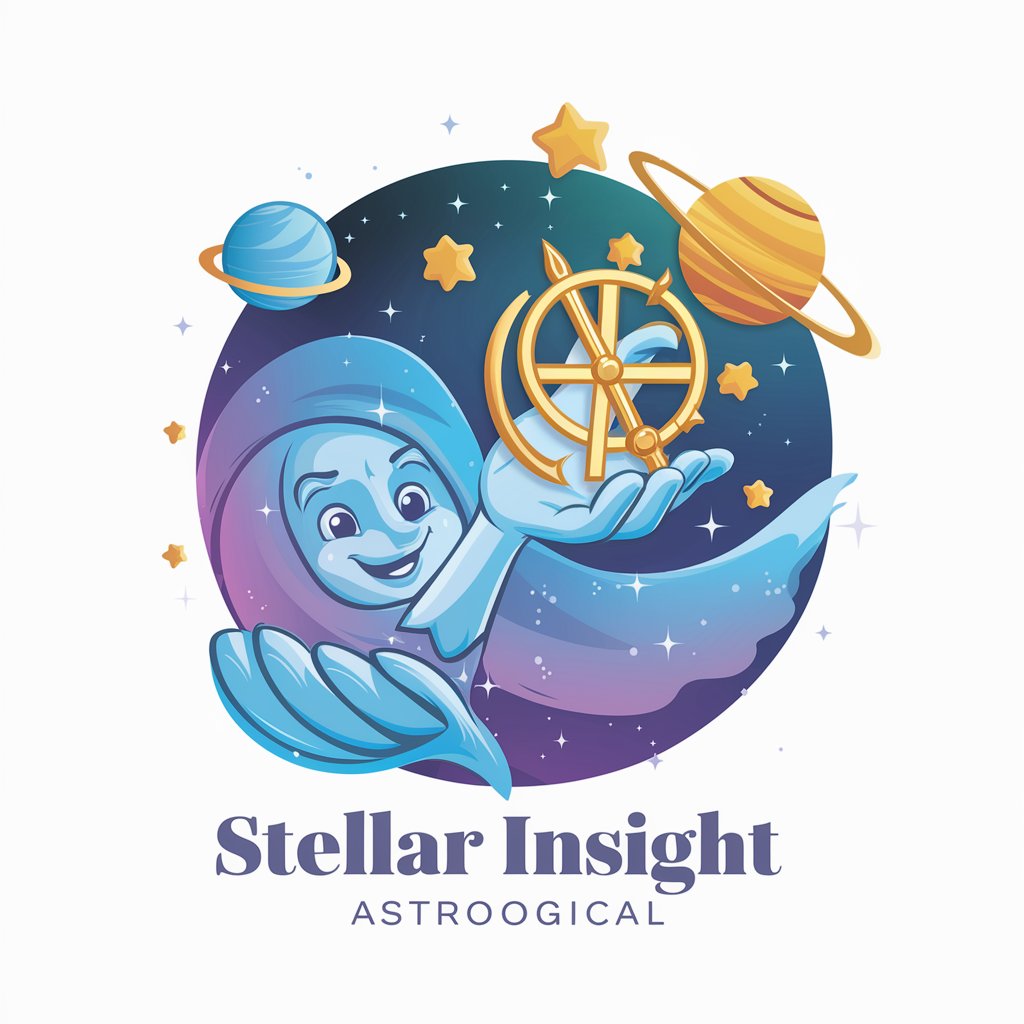
Insight Planner
Elevate Strategy with AI-Powered Insights

Insight Mentor
Empowering Your Career with AI

Stellar Guide
Unlock the Stars with AI

Detailed Q&A about Stories
What can Stories be used for?
Stories is ideal for generating creative narratives, educational materials, personal stories, and more. Users can also employ it for brainstorming, plot development, or unique content for blogs and presentations.
How does Stories ensure high-quality content?
Stories utilizes advanced AI to create content that is coherent, engaging, and contextually appropriate. The system adapts based on the user's prompt, providing output that meets specific requests.
Can Stories generate academic content?
Yes, Stories can assist in generating academic content such as essays, reports, summaries, and even educational lesson plans. However, it’s important for users to review the content for accuracy and relevance.
Is Stories suitable for personal or professional use?
Absolutely. Stories can be customized for both personal storytelling and professional applications, like marketing content, creative writing projects, or even business reports.
Can Stories adapt to multiple types of writing styles?
Yes, Stories can adapt to different tones and styles depending on the input. Whether you need a formal essay, a casual blog post, or a creative narrative, Stories can adjust to fit the desired style.
